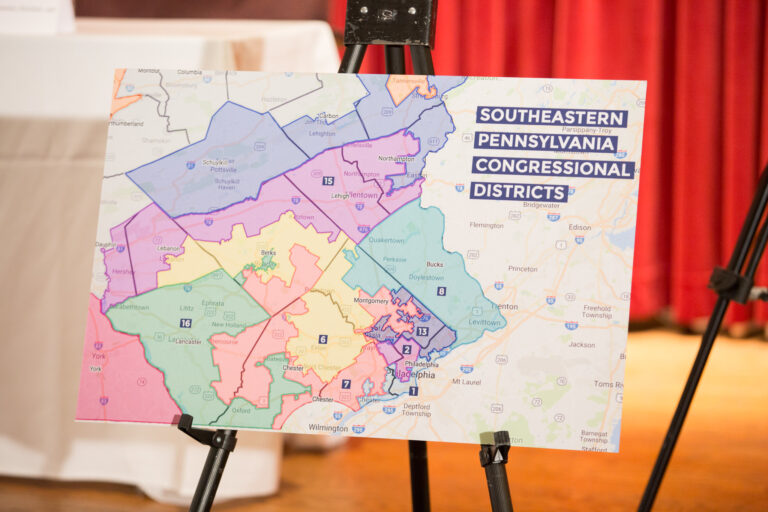Jake Rosenfeld is Associate Professor of Sociology at Washington University-St. Louis. He is the author of What Unions No Longer Do (Harvard University Press, 2014). For more on his work, see www.jakerosenfeld.net.
Tuesday’s report from the Institute for Policy Studies exposes an enormous concentration of wealth among America’s elite. Among the shocking findings: The country’s wealthiest 20 people have a combined worth equal to the bottom half of the U.S. population, and the wealthiest 100 households hold as much wealth as the entire African-American population – all 42 million of them.
It also serves to highlight an important distinction often confused in ongoing debates about rising inequality: the difference between wealth and income inequality. Wealth refers to your assets minus debts at any particular point in time – your total financial worth. Income simply refers to how much you make, usually measured annually, weekly, or hourly. To be sure, both types of inequality have been rising. But their trajectories differ, as do their underlying dynamics.
By now a mountain of research has established that the decline of the U.S. labor movement is contributing to rising income inequality. Remaining debates center on the size of the contribution. My own research with Bruce Western of Harvard University suggests that unions’ falling membership explains roughly 1/3 of the rise in income inequality among private sector men, and about 1/5 among private sector women. Other researchers arrive at different estimates, but there is wide consensus that union decline is implicated in the historic rise of income inequality in this country.
But when it comes to linking wealth inequality to the fortunes of the labor movement, the story is different. We simply do not know nearly as much about how unions and wealth disparities may be related. The comparative lack of evidence does not mean connections do not exist, however, and a scattering of case studies and studies suggest that the destruction of unions in the U.S. may actually lie near the center of today’s yawning wealth chasms.
For example, the sociologist Michael McCarthy has documented how weakened union power has led to a lack of control over union pension funds. Totaling over $10 trillion in assets, pension fund management and investment is a huge business, and today the majority of all pension fund assets are invested in stocks. Significant stock holdings help separate the wealthy from the majority, as most Americans lack any direct or indirect investments in the market. As McCarthy indicates, union pension funds comprise a significant chunk of these assets, and yet unions rarely control where and how these assets are invested. Why? A little-known provision of the Taft-Hartley Act mandates that unions cannot control more than half of the trustee seats on pension boards, effectively preventing unions from having a majority say in where their retirement assets are invested.
Later legislative changes, including a provision in the Employee Retirement and Income Security Act (ERISA) further clamped down on unions’ ability to direct their members’ retirement funds. Union attempts to claw back power over these plans all met with defeat, leading McCarthy to conclude that “With retirement funds accounting for 25 percent of the stock investments in the US, to a large degree labor’s capital is Wall Street’s.”
How and where pensions are invested help us understand the rising wealth holdings at the top of the distribution. But pensions are important for another reason: many workers today lack them, contributing to long-term financial uncertainty in retirement and also current wealth divides. The Institute for Policy Studies report highlights the extreme concentration of wealth at the top, which pulls those fortunate few away from the vast majority, increasing wealth inequality. Wealth disparities can also increase through the erosion of wealth in the middle and bottom of the distribution. And for average Americans who lack significant real estate or non-pension stock holdings, the value of their pensions provide a key source of wealth.
Here, too, unions’ eroding power seems to have exacerbating wealth divides. My research indicates that over the past few decades the probability of receiving an employer-provided pension is 21 points higher for private sector union members than it is for private sector nonmembers. Union-nonunion differences aren’t as substantial among government employees, but they remain significant. A shrinking pool of union members means many more Americans without this key source of wealth. For those nonunion workers lucky enough to receive an employer-provided pension, research has found that these plans are less generous than those negotiated through collective bargaining.
Other research suggests different avenues through which weakened union power has led to growing wealth chasms. Corporate takeovers often inflate share prices. They also tend to reduce wages and employment levels among the workers affected, leading unions at organized firms to oppose takeovers whenever possible. Research has found that when resistance fails, and a unionized firm is taken over, the lower labor costs stemming from reduced wages is directly related to increasing share prices.
The research cited above is not meant to be a comprehensive list of studies on unions and wealth inequality. It is simply meant to focus our attention on how union decline may be related to wealth inequality. After all, discussions of widening wealth gaps tend to ignore the labor movement. This oversight reflects both a relative lack of research, and a lack of understanding of all the ways a powerful labor movement once helped to structure the distribution of income and wealth in this country.






Daily News & Commentary
Start your day with our roundup of the latest labor developments. See all
December 15
Advocating a private right of action for the NLRA, 11th Circuit criticizes McDonnell Douglas, Congress considers amending WARN Act.
December 12
OH vetoes bill weakening child labor protections; UT repeals public-sector bargaining ban; SCOTUS takes up case on post-arbitration award jurisdiction
December 11
House forces a vote on the “Protect America’s Workforce Act;” arguments on Trump’s executive order nullifying collective bargaining rights; and Penn State file a petition to form a union.
December 8
Private payrolls fall; NYC Council overrides mayoral veto on pay data; workers sue Starbucks.
December 7
Philadelphia transit workers indicate that a strike is imminent; a federal judge temporarily blocks State Department layoffs; and Virginia lawmakers consider legislation to repeal the state’s “right to work” law.
December 5
Netflix set to acquire Warner Bros., Gen Z men are the most pro-union generation in history, and lawmakers introduce the “No Robot Bosses Act.”